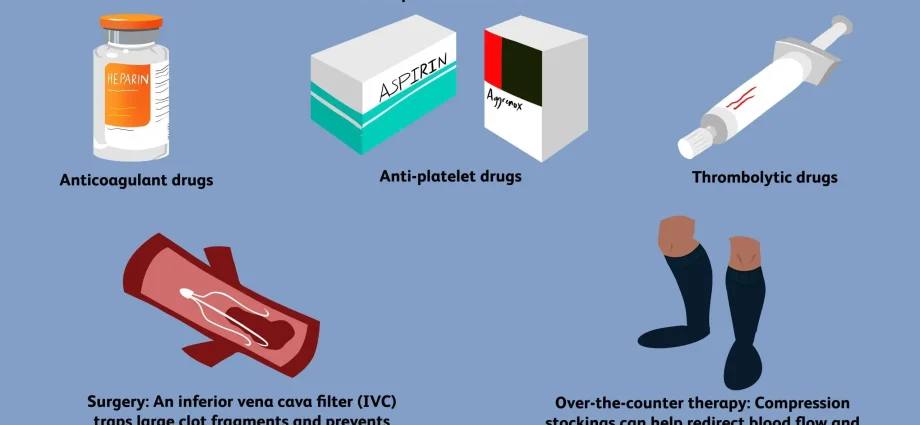Blood vessel epithelial cells actively remove blood clots from the brain’s blood vessels, argue US scientists in the journal Nature.
Throughout life, small blood clots form in the brain’s blood vessels. Most of it is removed by the flowing blood and enzymes that break them down in a process called fibrinolysis. Jaime Grutzendler and colleagues at Northwestern University in Chicago discovered a new mechanism.
Scientists examined the brains of the mice under a microscope to obtain very high-resolution images. Thanks to the use of the new technique, they could not only view the fixed tissue, but also track individual clots in the brains of living animals.
The authors of the study observed that during 7 days many clots are actively removed by blood vessel epithelial cells (the so-called endothelial cells). They create a membrane that surrounds the clot and thus, creating a new wall, isolate it from the vessel lumen. The cells then remodel and the clot is pushed out of the vessel into the surrounding tissue where it is destroyed.
The researchers also found that the process they describe is slower in old animals. In their opinion, supporting the clot-clearing mechanism could benefit stroke patients and patients with age-related cognitive impairment (PAP).










